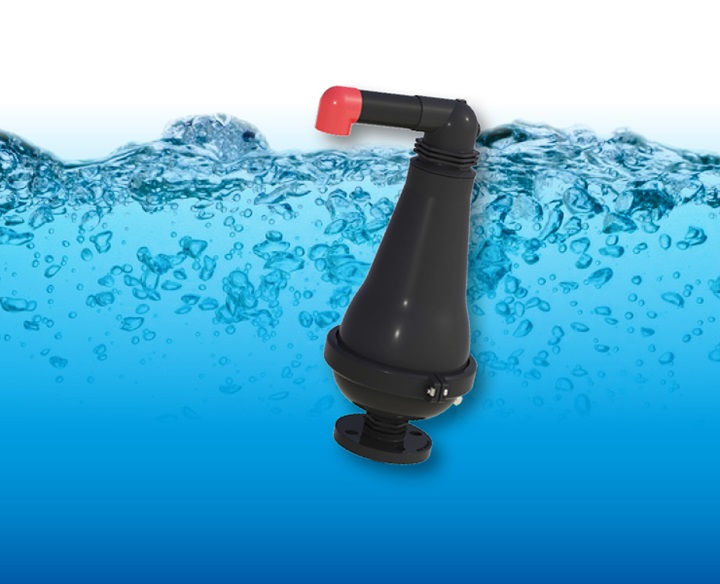
Water Hammer - Non Return Valve Solutions
What is Water Hammer? How is Water Hammer Prevented?
How the right valve can help reduce water hammer.
The amount of leakage and the increased risk of pipe bursts are amplified when high transient pressures occur in the system.
For pumped installations, where the fluid requires to be ‘lifted’ from a lower level to a higher level, non-return valves are used to protect the pump and the system by reducing the risk of high transient (or surge) pressures.
When a pressure surge occurs, although it may only last for a very short time, it can amplify the normal system pressures by up to 10 times or more. This can damage the pipes, fittings and associated equipment installed on the line. Apart from the resulting costs and downtime these failures cause, the health and safety risks are also considerable.
Safety Critical Valves
The check valve allows the flow in only one (and always the same) direction thus preventing back flow when the fluid in the line reverses direction. The main importance of this function is twofold:
- To prevent damage to upstream equipment that can be affected by reverse flows such as pumps and measuring equipment.
- To prevent reverse flow after system shutdown
Check valves are therefore safety critical valves that protect the system and its equipment from damage which can range from accelerated wear and tear to full, catastrophic system failure depending on the extent of the system design.
The importance of selecting the correct type, size and specification of check valve is crucial to ensure the running of the system is smooth, trouble free and provides long-term operation.
Selecting the correct Check Valve
Check valves are generally one of the least understood valve types and their importance is regularly overlooked. If these valves are incorrectly specified it can lead to major operational problems.
It is important to note that other factors are required to ensure a safe and trouble free system. The correct number, types and sizes of air valves, closing and opening times of isolation valves, flow control valves etc. all require to be considered to protect the system from pressure surges.
To prevent the occurrence of check valve slam, the valve should close either very quickly to prevent the onset of reverse flow or very slowly once reverse flow has developed.
For a check valve to close slowly, this requires additional ancillary equipment such as hydraulic dampers which act to cushion the valve door as it comes into its seated position, however, this slower closure does allow the fluid to pass through the check valve until it closes and consideration must be given to the upstream pump to ensure that it is suitable for reverse spin and flow.
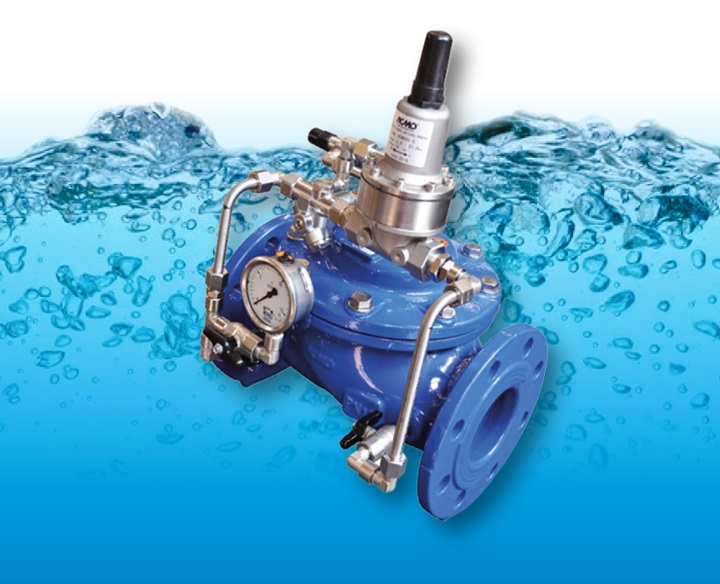
Water Hammer Control Valve Solutions
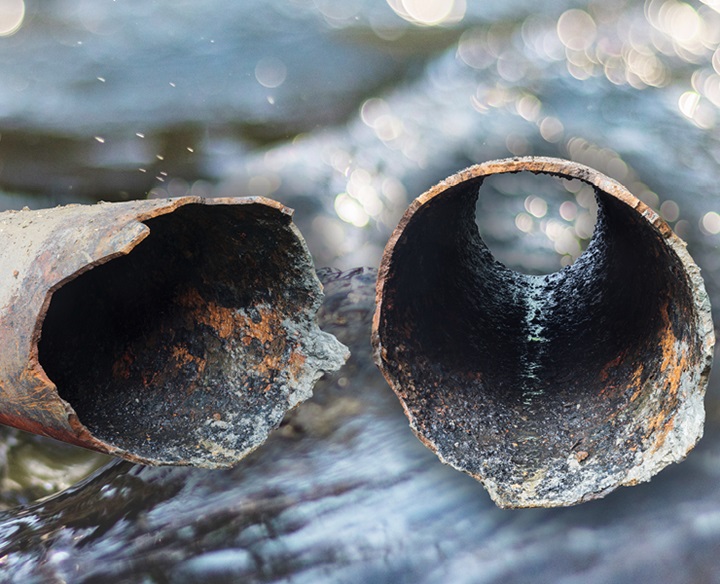
Water Hammer Issues
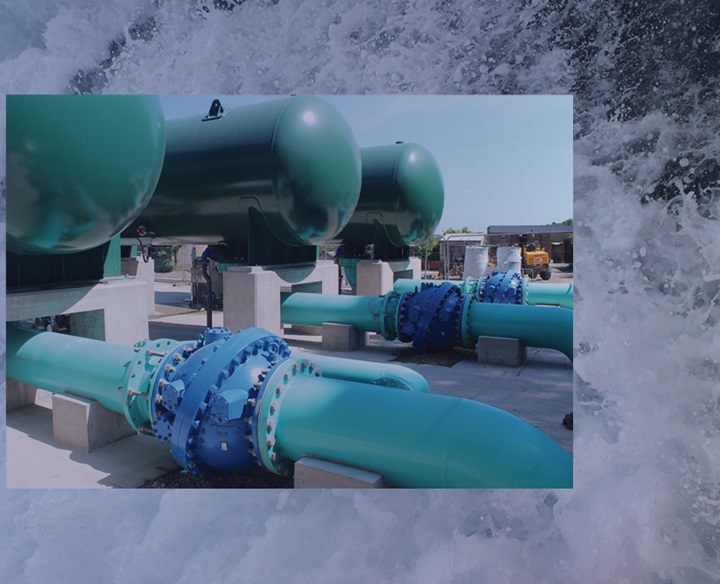
Network Safety Solutions Home Page
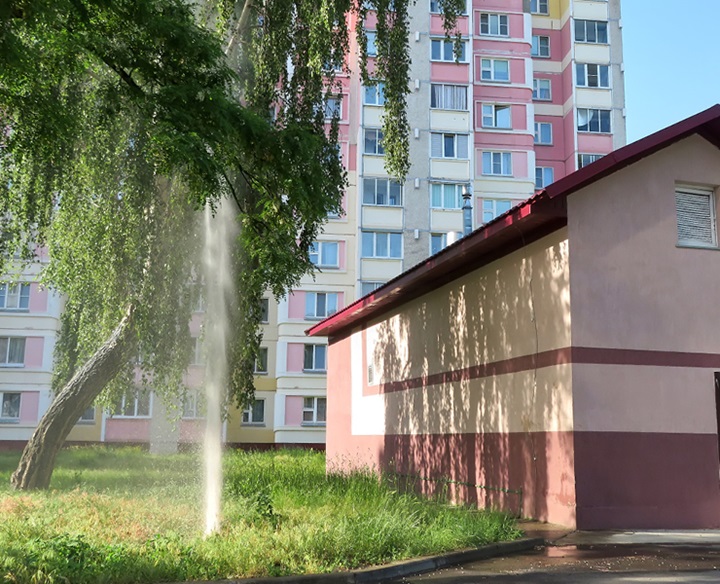
Air Release and Vacuum Issues

Vacuum Issues
